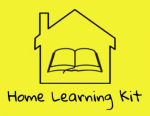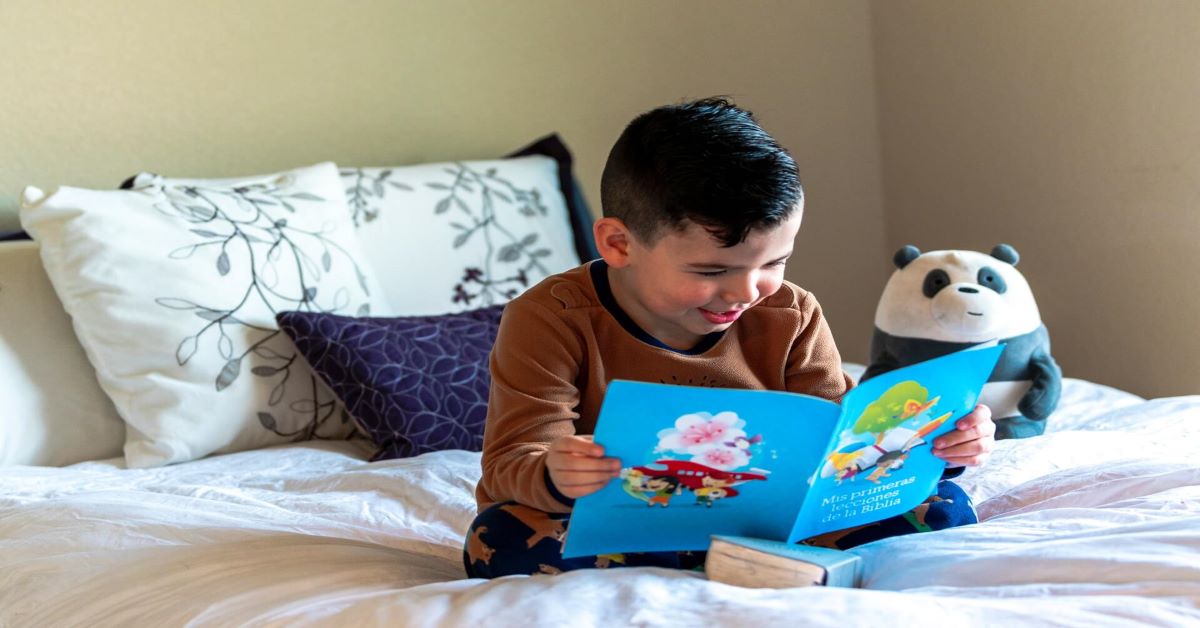This is the last of a five part series about learning styles where we cover Reading Writing Learners
Follow this link to Part One of the series: Learning Styles Summary
Follow this link to Part Two of the series: Visual Learner Summary
Follow this link to Part Three of the series: Auditory Learner Summary
Follow this link to Part Four of the series: Kinesthetic Learner Summary
Using the summary of learning styles in part one of the series, you think your child is a Reading Writing Learner. That would explain how they actually pay attention when you read to them. If they aren’t reading a book or begging you to read one, you’ll probably find them coloring or writing their own stories.
Characteristics of a Reading Writing Learning Style:
Learns best with the printed word
- Books, articles, websites, lists, and notes are easy to handle.
- Easily processes and retains things they read.
Would rather write a detailed essay than do an oral presentation
- When given the choice, they would rather write than speak publicly.
- Have a hard time organizing thoughts when speaking out loud.
- Needs organized, bulleted notes if they’re going to speak.
Prefer to use lists and put things into categories
- Likes to put words into hierarchies, orders, and structures.
- Will use headings and titles to extract meaning from what’s being read or is written.
Likes to challenge rules and regulations
- Will challenge and question how and why things are written and put together in a certain way.
- Enjoys correcting mistakes in theirs and other’s writing to make the message better.
Tips and Tricks to Help Your Reading Writing Learner
Here’s some ideas that I want to share for helping your Reading Writing Learner max out their potential.
- Make lists
- Lists are a great reminder and reference for a Reading Writing Learner.
- Use of bullet points, numbers, and headers are great to organize the information to store in their brain.
- Use dictionaries and Glossaries
- Learning new and challenging words is fun for them.
- They like saving novel words to show off later on in their writing.
- Read a variety of books
- Provide a variety of books such as picture, nonfiction, essays, fiction, easy read, and more difficult, dense texts about the same general topic.
- Allow them to use their dictionary, research, and question what they’re struggling with to get a full understanding.
- Write notes and use organizers
- When reading have students take notes. These do not need to be super detailed.
- Provide graphic organizers or note sheets to help them organize their thoughts. They typically enjoy re-reading what they have written
- Make sure to let them read and write for fun.
- Don’t make it all about what is required.
- Let them choose topics they want to read about.
- Encourage them to write and make up their own stories to foster their creativity and imagination.
Wrapping Up
Teaching a reading writing learner can be incredible as you watch them lose themselves in a book or craft an amazing story. Once again, remember that using tips and tricks like the ones described here is a good way to help your reading/writing learner when they’re struggling with a topic, but it’s not meant to avoid teaching in other ways. Make sure your child is still getting practice learning in a variety of ways so they can develop and become strong, independent learners!
That concludes the series on learning styles! If you haven’t yet, sign up for my newsletter using the button below and have every new post delivered straight to your inbox! Plus get a free state by state homeschool guide covering the different laws for you to homeschool!
Is your child a reading writing learner? I’d love to hear about how you’ve helped them succeed, and maybe even some of the cool stories they’ve come up with! Give me a holler on one of the social media channels below!

